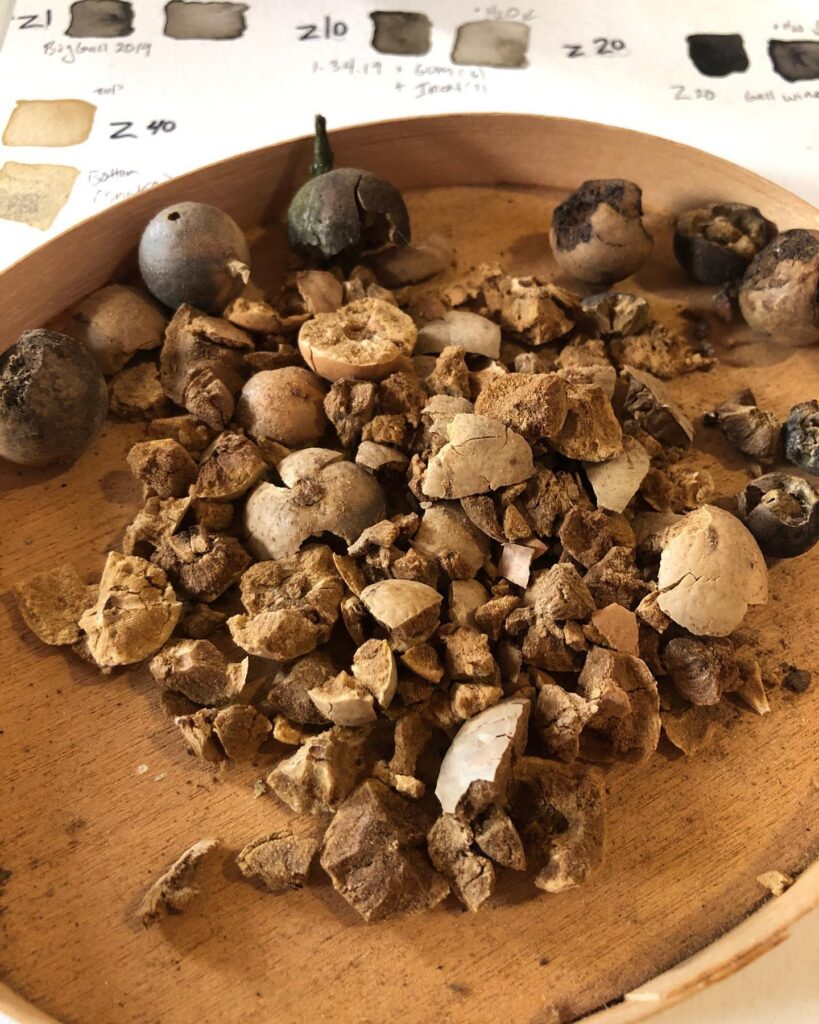Remember, last year Colleen was inspired by the fires ravaging the planet.
Here is the result of one of these last paintings exhibited at the workshop.
Cotignac mon village de france, facebook community, honors us with a video on our gallery.
The mixture of these two arts gives you a magical place where intimacy and workshop mix.
Colleen, and Patrice, very sensitive to the wild animals of Africa and particularly to the fate reserved for bonobos, like all antithropoid monkeys, the bonobo, is a species particularly threatened because of its exclusive distribution in a region ravaged by the wars to which it add deforestation, diamond mining and hunting for its meat.
Populations have declined drastically over the past 30 years.
Many associations exist to help this massacre, in order to warn public opinion…
Take advantage of your visit to Cotignac to visit the workshop.
Art workshop
28 rue du Marais
Cotignac
Gallery : www.pacocomo.com
Shop : www.pacocomo.fr
Fb : paco [email protected]
See you soon in Cotignac
Incredibly talented artist, Colleen, has been sharing her knowledge of ancient ink making methods… Iron Gall Ink.
⠀⠀⠀⠀⠀⠀⠀⠀⠀
Nature is so amazing! Gall wasps lay a single egg on a leaf bud. The larvae secretion changes the chemistry where a protective gall nut is formed around the larvae instead of a leaf. When it’s ready, the wasp will burrow it’s way out of the nut, leaving a little hole (swipe to see an example).
⠀⠀⠀⠀⠀⠀⠀⠀⠀
We’re surrounded by lots of oaks and collect little galls (with holes in them) that we’ve found on the forest path.
⠀⠀⠀⠀⠀⠀⠀⠀⠀
These galls contain a lot of tannin, and have been used to make ink since the Roman Empire, and from the middle ages until the twentieth century.
